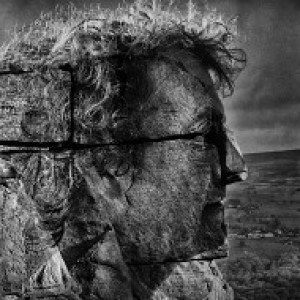Musical Space
This was an encounter with space. First, the performance space, the Sewing Room, full of Singer sewing machines. Second, the space in the music, almost too much space to be comfortable, so much space indeed that it was never clear when a piece had actually come to an end. I've always enjoyed challenging music, to the extent that I struggle with music that doesn't challenge the ear. I find music that's "easy listening" almost painfully bland. Taku Sugimoto, on guitar, and Minami Saeki, with just her voice, served up sounds that challenged the very notion of what music is.
I'm familiar with the importance of space in photography, giving the subject room to breathe. I'm becoming more familiar with space on the page through poetry. Words need to be allowed the same kind of freedom. This is the first time, however, that I've encountered space utilised so extensively within a musical composition.
Music is the ultimate example of the whole far exceeding the sum of the parts. How much space can you insert between the parts before the whole becomes nothing but those parts, no more, no less? For me, with no musical knowledge, this music is getting near that point, but it's close to thresholds that the most interesting things are to be found. Perhaps, with experience, you can learn to hear the spaces as well as the notes. The more I listen, the more intrigued I become. I like to keep an open mind.
Roam is not so intrigued. He made his mind up pretty quickly. He can't believe I'm still listening to them at home. Neither can I ... but I find I keep going back to the beginning and starting again. It has a certain haunting, minimalist beauty. Hear for yourself.
This was one of four live performances given as part of the Interwoven Histories exhibition at the Leeds Industrial Museum. Full credit to all those involved for putting on something so challenging. It was a brave thing to do.

Comments
Sign in or get an account to comment.


